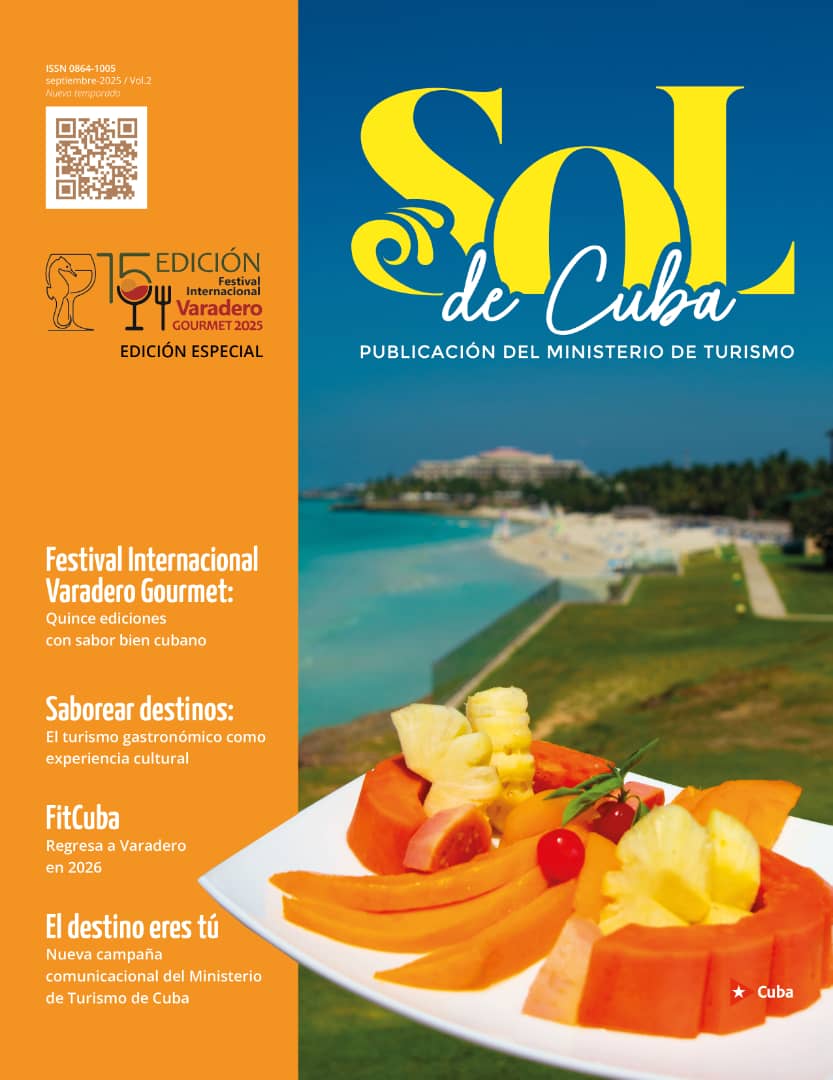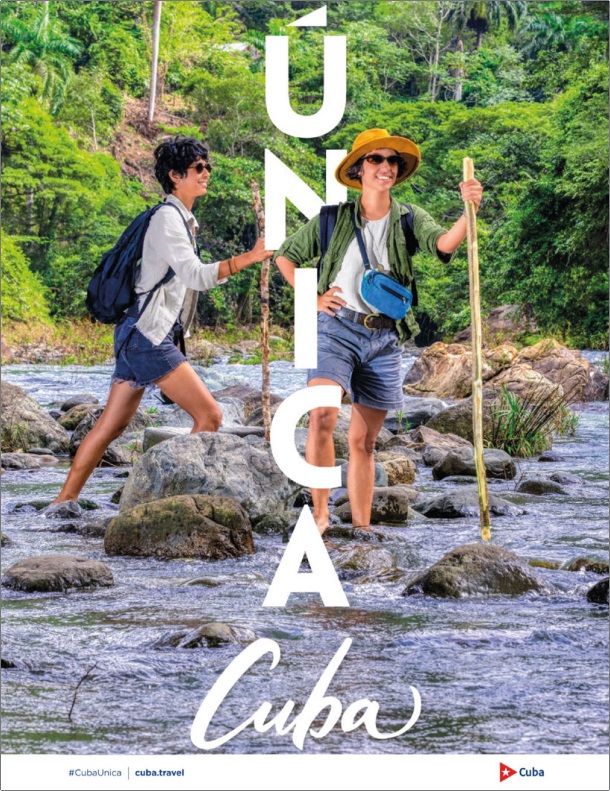Ecotourism in Eastern Cuba
Ecotur has all-terrain vehicles and guides who know the routes inside out
Posted by Sol de Cuba, 04/08/2025
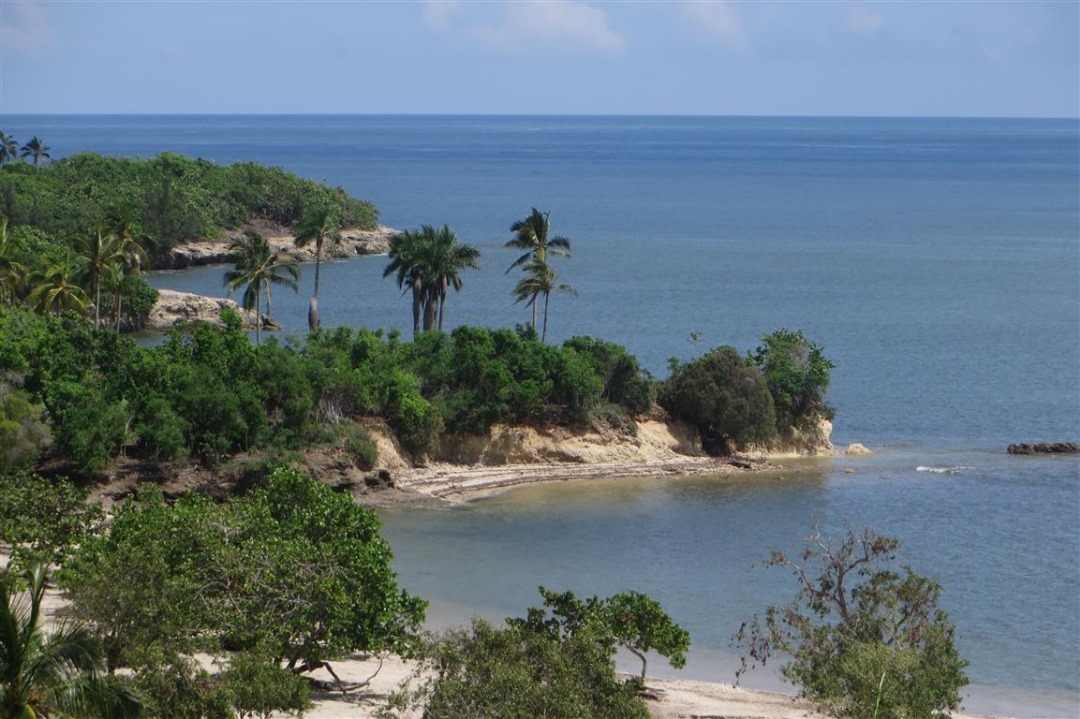
Roberto F. Campos
Hiking trails, enjoying life and testing your legs to the max—something many people pursue with their cameras, to take home unforgettable memories.
If we were to choose a luxurious destination in the Caribbean, in terms of landscapes, trails, sunrises and other elements that accompany ecotourism, we certainly couldn’t leave Cuba out, despite the economic difficulties that plague this beautiful island, and we would particularly choose the eastern region.
Aside from appropriate hiking attire (light clothing and footwear, water bottles, backpack, etc.), the most important thing would be to prepare for the trip, consult route guides, the tour operators to hire, and other sources that would shed light on your vacation.
To travel to eastern Cuba, you don’t really need much, especially considering that the Ecotur nature travel agency operates on the island, promoting programs throughout the archipelago, including the eastern region.
The most experienced experts on this team can provide valuable details, especially since their knowledge is based on official reports from, for example, the Ministry of Tourism (Mintur) and the Ministry of Science, Technology and Environment (CITMA).
The island’s authorities have identified 215 protected areas for their valuable natural, ecological and scenic resources, of which 79 are of national significance and 136 are of local importance.
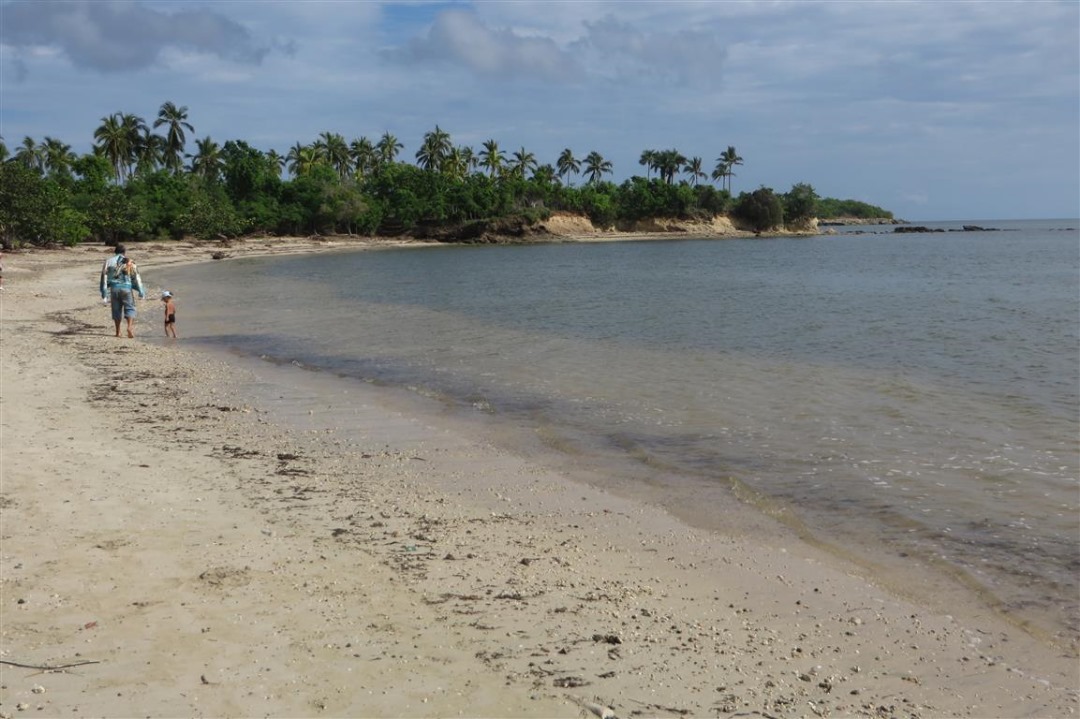
Getting to the East
To get to the Oriente region of Cuba, we must choose a starting point, and that would be to arrive in some of its most important cities, such as Santiago de Cuba, Holguín, or Guantánamo. One can reach these main cities by road or plane, either flying directly from any country to Holguín or Santiago, for example, or taking a long bus or car journey from Havana, which can take about 17 hours, but has the advantage of allowing you to see many places along the way.
The airports receive many flights from the capital Havana (an hour’s journey), and directly from Europe, for example. Once in these cities, one can set up base and then continue the journey by car.
For these adventures, Ecotur has all-terrain vehicles and guides who know the routes inside out, allowing visitors to narrow down the selection even further.
The area is also home to Intangible Heritage, with diverse examples such as the Tres (musical instrument), the Cuban Punto, rumba, danzón, son and the parrandas, among many other rhythms that this archipelago treasures.
Added to this is the very typical cuisine, such as prú, pork roasted on a spit, Moro rice, yuca with mojo sauce, fatty dishes and very sweet desserts, which visitors should try at least once before returning to their usual diet. There is also the curious and tiny Tetí fish, eaten fried, or the green tamale called Bacán.
We could very well choose Cristóbal Colón Park, Alejandro de Humboldt Park, the Granma Landing, and walks through the Sierra Maestra, with special offers for the more adventurous, including climbing Pico Turquino, the highest point in Cuba at 1,974 meters above sea level.
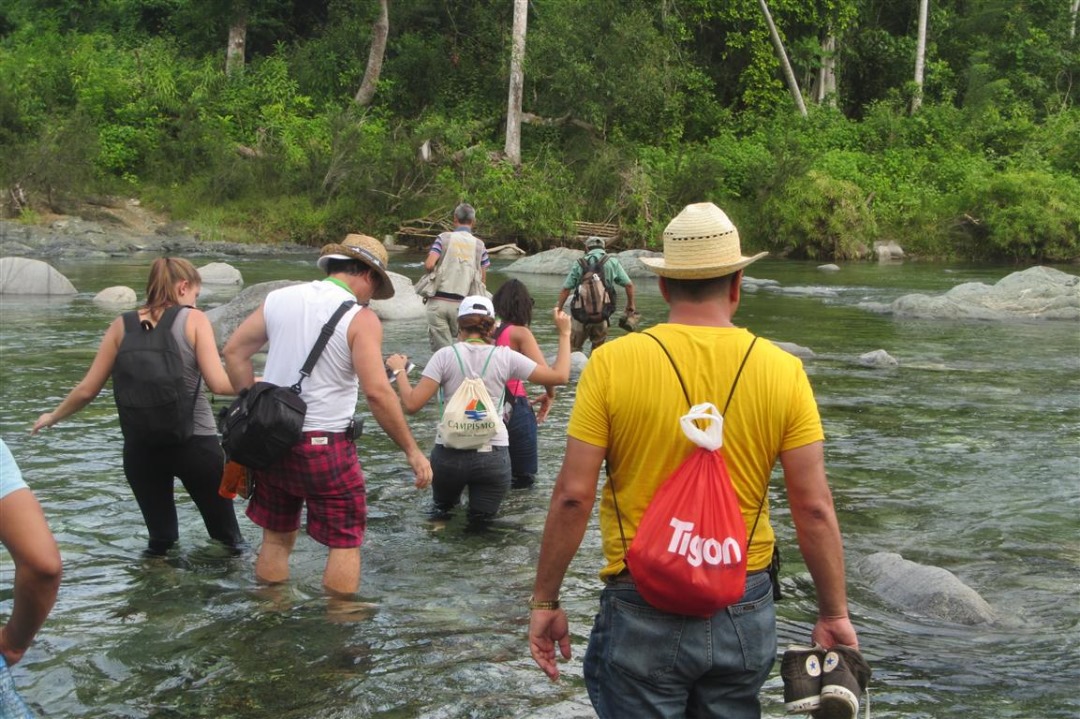
Cayo Bariay Park
In the north of Holguín province lies Cayo Bariay Park, the site where researchers determined the Genoese admiral Christopher Columbus landed on October 28, 1492. But that would be a simple description of a place that has much more to tell. The meeting of the two cultures is commemorated there with a monument erected in 1992 at Punta de Sabaneta, to mark the 500th anniversary of that extraordinary event.
The landscape is dominated by a gently rolling plain to the north and steeply undulating to the south, formed on volcanic rocks, and many trails are located there.
Humboldt Park
Humboldt Park could be our next stop. It covers a total area of 79,680 hectares, located in the Nipe-Sagua-Baracoa mountain range, in the provinces of Holguín and Guantánamo. It is one of the most important sites for biodiversity conservation in the Caribbean and was declared a UNESCO World Heritage Site in 2001.
Alexander von Humboldt was born in Berlin on September 14, 1769, and died in the same city on May 6, 1859. A naturalist, geologist, mineralogist, astronomer, explorer, seismologist, volcanologist and demographer, he is considered the second discoverer of Cuba for the expeditions and studies he conducted here.
And if we’re talking about the sea and beaches, it’s worth remembering that Cuba boasts perfect conditions on its more than 200 beaches. Of the island’s 588 kilometers of beaches, 256 are part of 12 main tourist regions, with excellent hotel and nautical facilities.
The Eastern region also boasts first-class beaches
The Eastern region also boasts first-class beaches and hotel chains that rival the rest of these destinations. This is the case of Guardalavaca Beach and Cayo Saetía in Holguín, and Baracoa Beach in Guantánamo, which we include in our tour.
We can continue further east to Baracoa, home to the first town in Cuba founded by the Spanish in 1511, named Villa de Nuestra Señora de la Asunción de Baracoa. It was the capital of the Caribbean country for a long time, brimming with natural wealth in its surroundings, mountains and rivers.
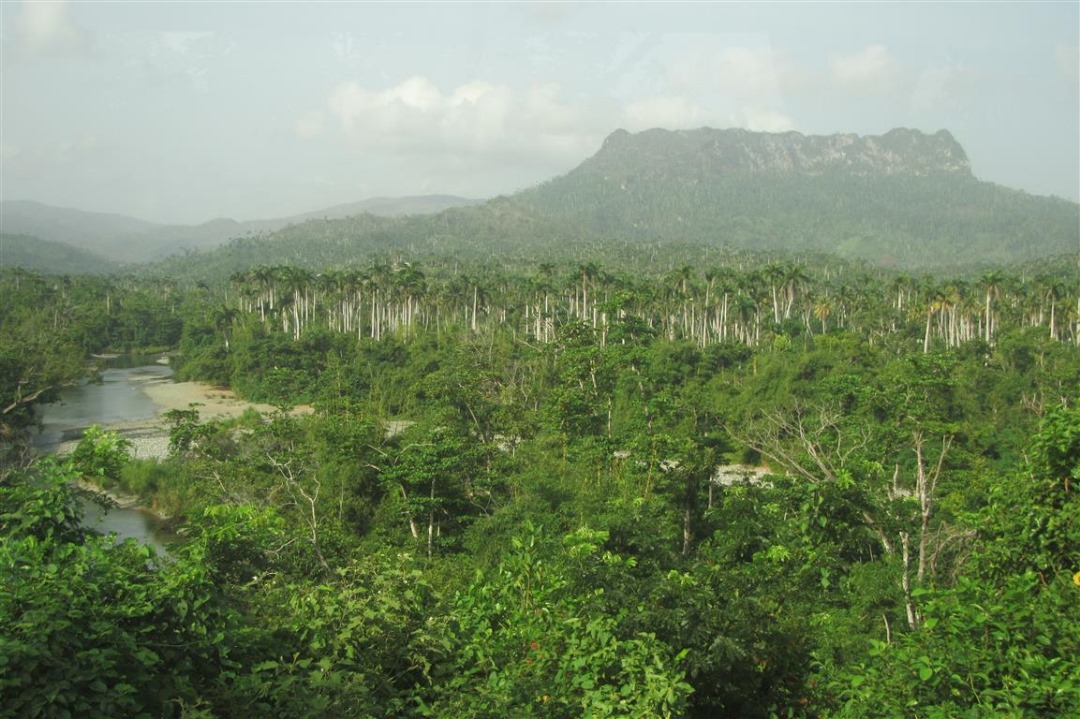
And what about Cayo Saetía, also in Holguín, near Nipe Bay, where some of the country’s most important natural reservoirs are located.
Cayo Saetía, on the Ramón Peninsula, covers an island of 42 square kilometers and is located 120 kilometers southeast of Holguín, between Nipe Bay and the Atlantic Ocean. However, its beaches and the variety of vegetation delight even the most demanding tourists. This site is operated by the Gaviota Group.
Santiago de Cuba
Next on the route would be Santiago de Cuba, nestled between mountains, is today as cosmopolitan as the capital, with charms that point to the history, culture and beauty of its surroundings.
There is much more to see in eastern Cuba, both from the perspective of nature, adventure and rural tourism, and from the perspective of history and culture, but that is always left for a second, third, or fourth trip, because anyone who makes the trip always returns to th region.
